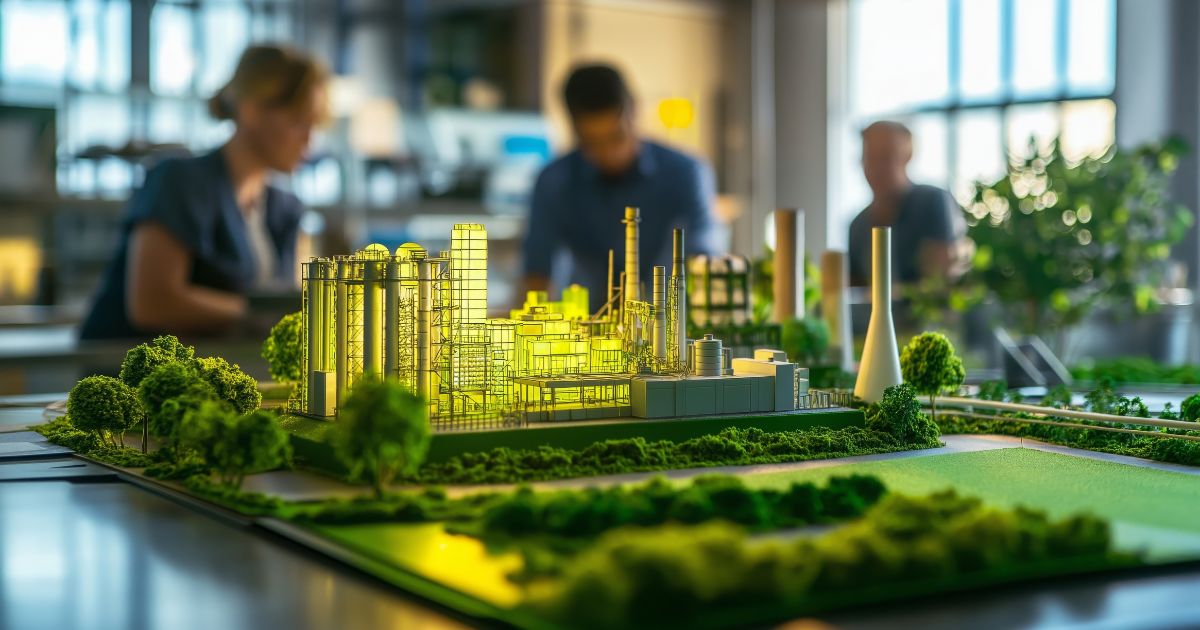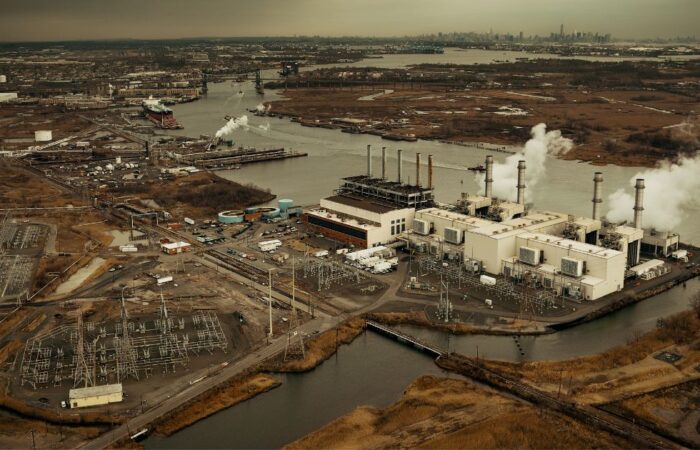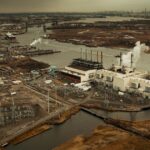Article#: DGC/ART/004
As industries evolve, the need for eco-friendly industrial parks has become more apparent. Businesses are shifting toward sustainable planning, not only to meet environmental regulations but also to improve operational efficiency and ensure long-term viability. By integrating green infrastructure, renewable energy, and resource-efficient practices, industrial parks can significantly reduce costs while contributing to a healthier planet.
1. The Rise of Sustainable Industrial Parks
Traditional industrial zones have historically focused on mass production and logistics, often at the expense of the environment. Today, sustainability is a strategic priority, with industrial parks incorporating
energy efficiency, waste reduction, and eco-conscious design.
Key Drivers of Sustainable Industrial Parks:
- Stringent environmental regulations and carbon footprint reduction goals
- Growing corporate commitment to ESG (Environmental, Social, Governance) principles
- Market demand for green-certified facilities and responsible supply chains
2. How Sustainability Lowers Operational Costs
One of the biggest misconceptions about sustainable industrial parks is that they require high upfront investments without financial benefits. However, studies show that eco-friendly designs actually enhance cost efficiency, making operations more resilient and economically viable.
Cost-Effective Sustainability Strategies:
- Energy Efficiency: Solar and wind power integration reduces electricity costs
- Water Conservation: Rainwater harvesting and wastewater recycling lower consumption expenses
- Smart Waste Management: Circular economy initiatives minimize disposal costs and generate revenue from recyclables
3. Green Infrastructure Enhancing Operational Productivity
Sustainable industrial parks prioritize green infrastructure, which improves both environmental impact and worker productivity. Features such as natural lighting, ventilation, and smart climate control help create better working conditions.
Impact of Green Infrastructure:
- Improves employee wellness and efficiency
- Reduces HVAC and energy demands
- Minimizes emissions through smart mobility solutions
4. Renewable Energy Integration for Long-Term Viability
Dependence on fossil fuels is a major financial and ecological burden for industries. On-site renewable energy solutions, such as solar farms and wind turbines, help industrial parks achieve energy independence and cost stabilization.
Popular Renewable Energy Solutions:
- Solar-powered warehouses with battery storage
- Wind turbines for on-site industrial operations
- Bio-energy and waste-to-energy conversion systems
5. Circular Economy and Sustainable Waste Management
Modern industrial parks are shifting from linear consumption models to circular economies, where materials are reused, repurposed, or regenerated. Zero-waste policies are becoming standard, leading to reduced disposal costs and new revenue streams.
Circular Economy Initiatives:
- Industrial symbiosis, where waste from one facility becomes input for another
- Recyclable packaging and sustainable supply chains
- Composting and bio-degradable waste solutions for non-recyclables
Conclusion
Eco-friendly industrial parks are not just a trend but a necessity, enhancing operational efficiency while ensuring long-term sustainability. By integrating green infrastructure, energy-efficient solutions, and circular economy principles, industries can reduce costs, increase productivity, and remain competitive
in an environmentally responsible manner.
Investing in sustainable planning is an investment in future-ready operations, benefiting businesses, communities, and the planet.






